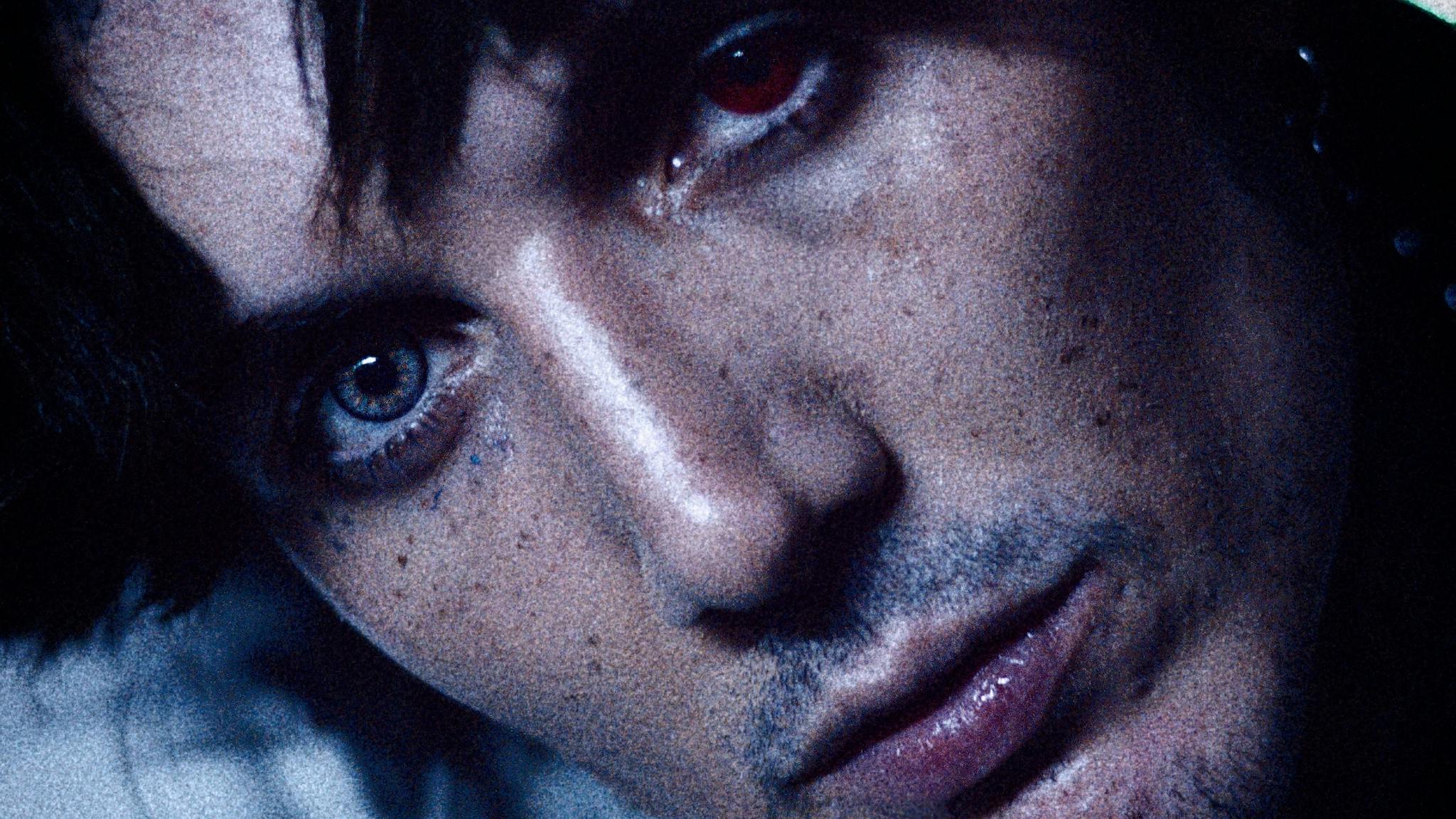Not that it was always entirely clear what frontman Serj Tankian was warbling about at any given time. “I don’t know what it means, but I know how it makes me feel,” said producer Rick Rubin of the title-track. “It’s like a lot of Neil Young songs, where the lyrics don’t necessarily make sense, but they give you this feeling of something going on.”
Perhaps the most controversial song on the album was the Daron-penned ATWA, as it was inspired by infamous cult leader Charles Manson.
“I collect a lot of Charles Manson’s stuff and I have all his parole hearings,” the guitarist told us, before going on to explain that the song’s title referred to Manson’s environmental movement ATWA (an acronym for ‘Air, Trees, Water, Animals’). “When they only show a few seconds of what Manson is saying on television, like him saying, ‘If I was going to kill, I’d kill everybody’, they don’t show you what he said for the hour leading up to that statement,” he continued. “There’s a whole other side of Manson that isn’t so evil, but is actually very just and very right.”
Musically, Toxicity saw the Armenian-American band build on the lurching unpredictability of the debut, branching off in even more directions. One of the key moments is also the most understated; a hidden track commonly known as Arto as it featured a guest appearance by Arto Tunçboyacıyan, a folk and jazz multi-instrumentalist of Armenian-Turkish descent.
“There’s no guitars or anything on that one,” bassist Shavo Odadjian told MTV. “We used these Armenian instruments and we all chanted. It’s really emotional, and my mom cries every time she hears it. I wanted to remember all the Armenians that died in 1915 during the genocide.”
Elsewhere, there were plenty of guitars. “I’ve never heard my music sound so good,” Daron enthused during the mixing of the album. “I personally thought that our first album was not as thick-sounding, as bulky-sounding as I would have liked. So I put down, like, 12 tracks of guitar on every song this time, just to make sure that it’s got balls.”






